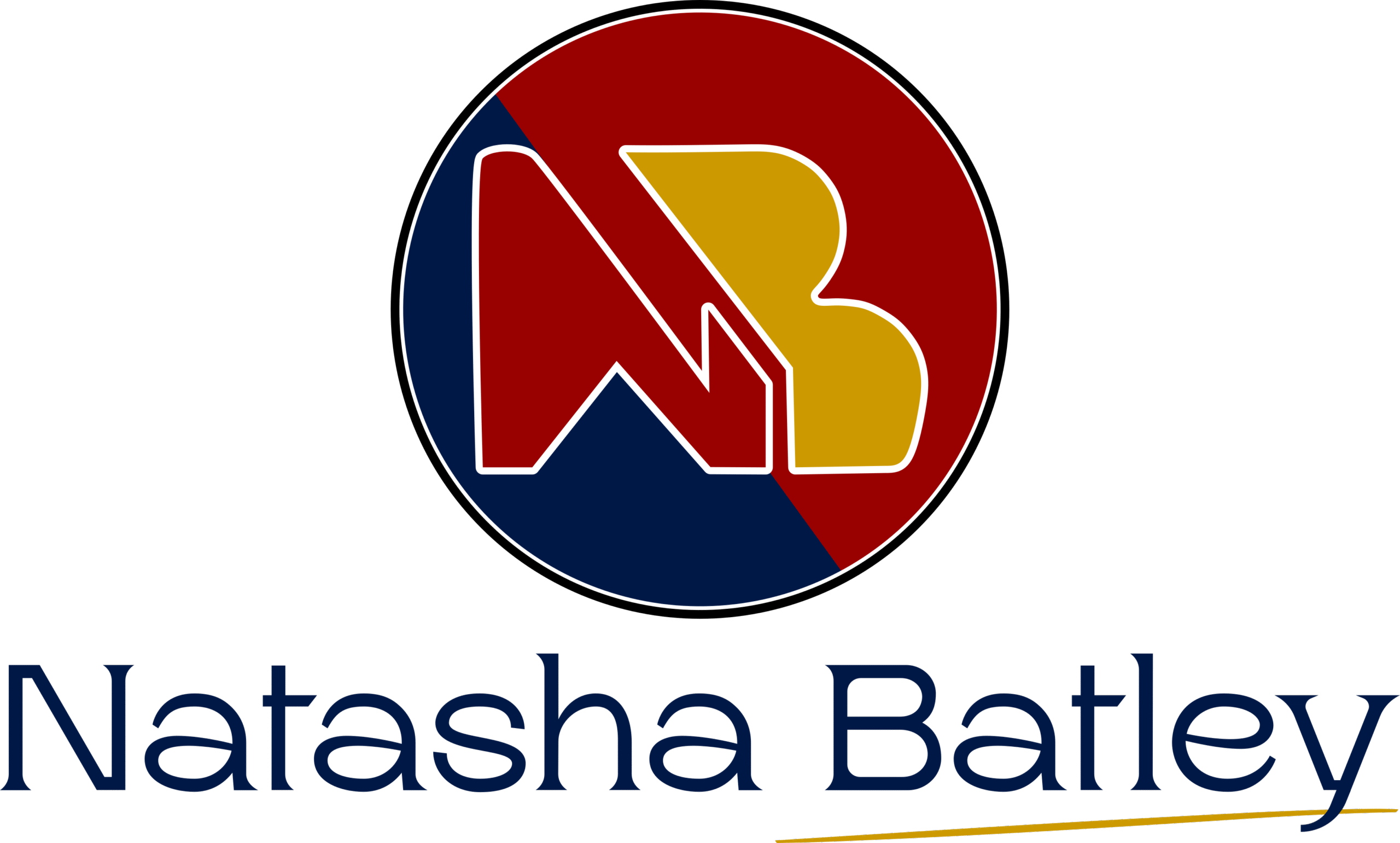If Kenya’s education system had a CV, it would be five pages long, full of buzzwords, and entirely written in pencil — because someone keeps erasing the whole thing every five years and starting again.
Once upon a time — no, scratch that — some time before the Ministry of Education discovered PowerPoint, there was something called KCPE. It was brutal, efficient, and utterly predictable. You went to school, memorised everything, sat for an exam that determined your future, and if you failed, you either became a mechanic or a motivational speaker. It was simple. Kenyan. Spartan.
But then came CBC — Competency-Based Curriculum — and with it, the glorious promise of modernity. “We need to raise critical thinkers,” said someone in a meeting while sipping imported coffee and mispronouncing pedagogy. Suddenly, every child was expected to be a mini Steve Jobs by Grade 3, capable of assembling a solar oven from maize stalks and bottle tops.
Parents, once innocent spectators, were drafted into a national arts-and-crafts nightmare. Homework became group therapy. “Make a musical instrument using recyclable material,” said the CBC manual. This resulted in an entire generation of children building drums out of yoghurt containers and sticks. If aliens visited Earth and saw this, they’d assume Kenya was preparing for a folk music invasion.
Meanwhile, teachers were told they were no longer instructors but facilitators of discovery. Which is like telling a surgeon to stop operating and just “guide the body through the healing process”.
And just as the dust was beginning to settle — just as parents were coming to terms with buying five rolls of manila paper a week and gluing rice grains to cardboard at 11pm — in comes the next acronym: CBE. Competency-Based Education.
What’s the difference between CBC and CBE? Nobody knows. Not even the people launching it. But it sounds newer, more international, more… reformy. Apparently, it will fix everything CBC couldn’t — which is ironic, because CBE is just CBC wearing a fresh tie and pretending it’s someone else at a party.
By now, curriculum reform in Kenya is like changing the logo on a leaking boat. Flashy, but the water’s still coming in. The poor student, age seven, has lived through more education policies than a retired professor. They’ve had more acronyms thrown at them than most people see in a lifetime: CBC, CBE, ICT, STEM, KPSEA, and soon perhaps BRB (Because Reforms, Bro).
Even the exams are getting renamed. KCPE is dead. KPSEA is the new sheriff in town. But give it time. Soon, we’ll have the National Assessment for Progressive Experiential Realignment — NAPER — where students will be assessed on their ability to imagine a curriculum that stays the same for two years.
Let’s be honest. The only consistent thing about Kenya’s education system is its inconsistency. Every few years, someone in government gets a bright idea — usually borrowed from Finland, twisted in translation, and slapped onto 20 million children with zero infrastructure and half a plan.
In the end, the Kenyan student remains resilient — adaptive, tough, and slightly traumatised. They’ve survived chalk, tablets, competency-based whatever, and still manage to pass exams, start businesses, or become cabinet secretaries who go on to change the curriculum… again.

